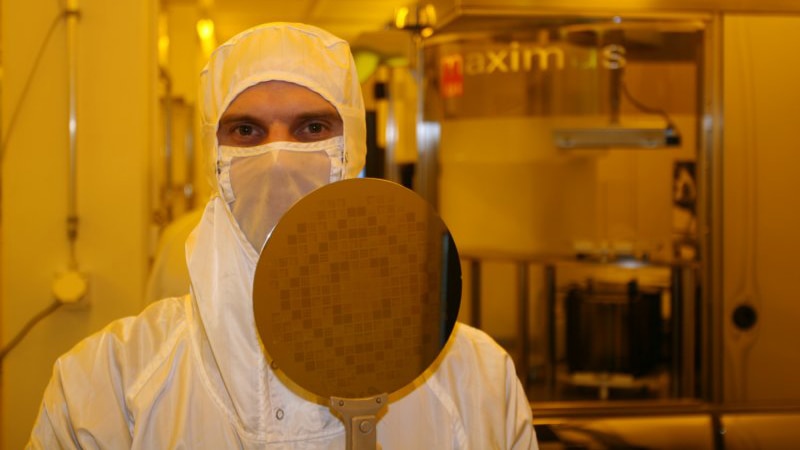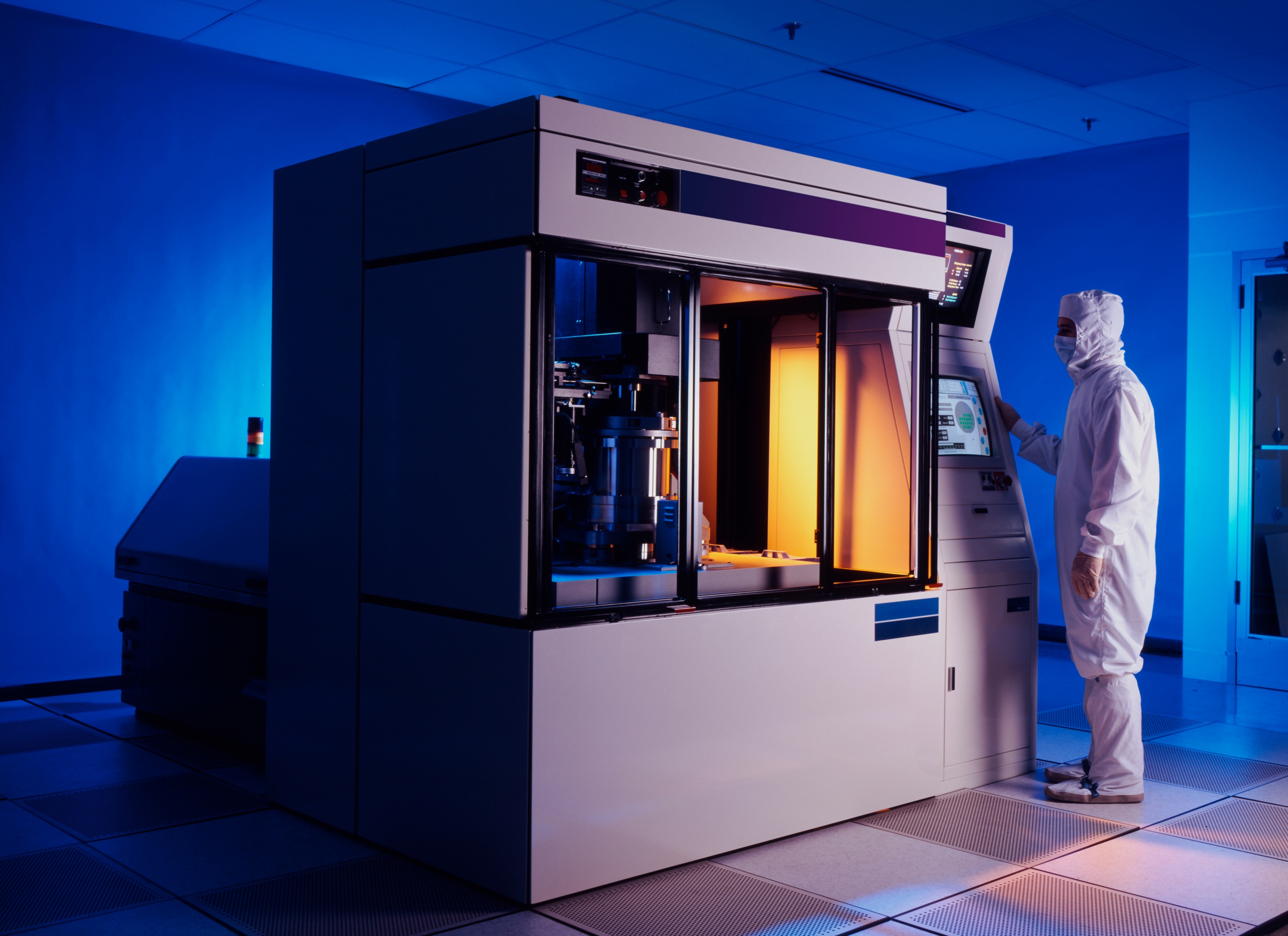

But semiconductor manufacturing also has the strictest specifications regarding purity or the allowance of foreign particles in the gases. Depending on the gas used, foreign particles up to the order of ppm, ppb or even only up to ppt are permitted. Detecting even the slightest contamination with foreign substances requires powerful measuring instruments, such as photoacoustic spectroscopy that allows such low detection limits combined with a short measuring time. In addition, optical spectroscopy can be used to detect even the smallest traces of leakage or outgassing, thus helping to protect employees. Axetris infrared sources are used in these measurement techniques, contributing to the supply of semiconductors to our modern world.